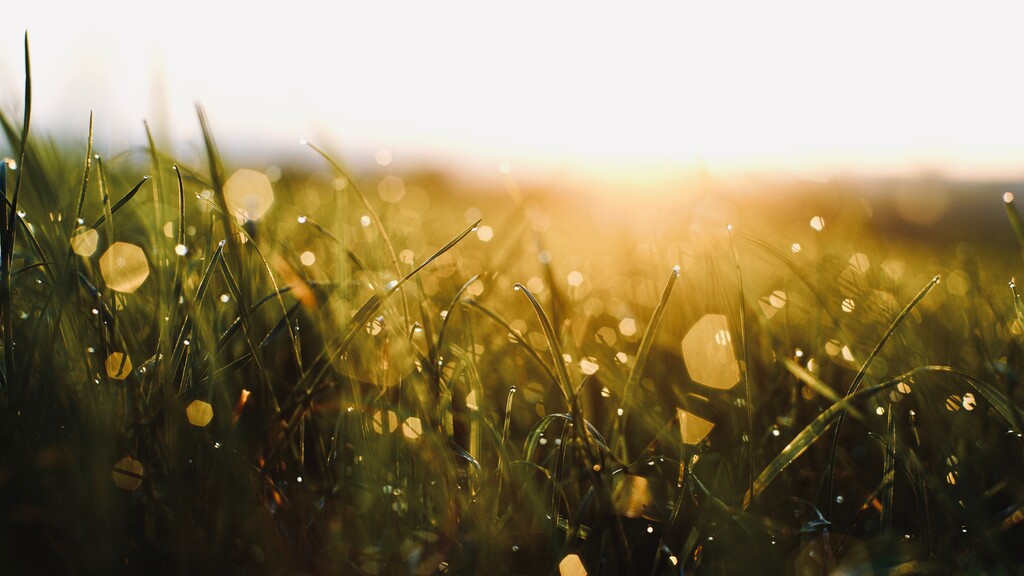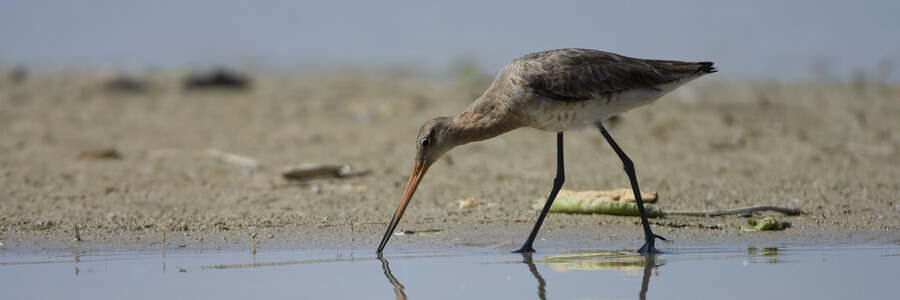Detail: Second lapwing meadow
Large flood hollows alongside low-land and ponds
ow-land and ponds actually form an intact meadow. Ponds are areas that naturally collect water and whose level of water periodically changes.
Wet and dry habitat
After flooding or heavy rain, hollows in the land remain wet for a long time and feature little growth. The advantage: in a small area the habitat switches from wet to dry.
Large flood hollows, such as those to be found next to low-land and ponds in the Langenselbolder Kinzigaue area, chart the direction of the current when flooding and high water occurs. The water also stays longer here than in other meadows.
Flood hollows in former oxbow lakes
Flood hollows are often to be found in the beds of former oxbox lakes. Frequently however they act as overflows for when the meadow needs to drain after flooding.
In contrast to permanent standing water, flood hollows are shallow and dry and above all in the hot summer months are often completely empty.
Lapwing, Black-tailed Godwit and Common Snipe find food
Due to the co-existence of dry, wet and marshy areas, wet meadows provide important habitat for amphibians, insects and above all for many species of bird. Lapwing, Black-tailed Godwit and Common Snipe are able to find varied food sources here, as well as breeding and nesting places.
Next to this, White Stork and Grey Heron pick for food in the marshy ground and flood hollows are used eagerly by fish for the laying of their eggs and as a place to find food. Surrounding the flood hollows, biodiverse wet meadows establish themselves due to extensive farming.
Join us and help us to buy more land for nature!

